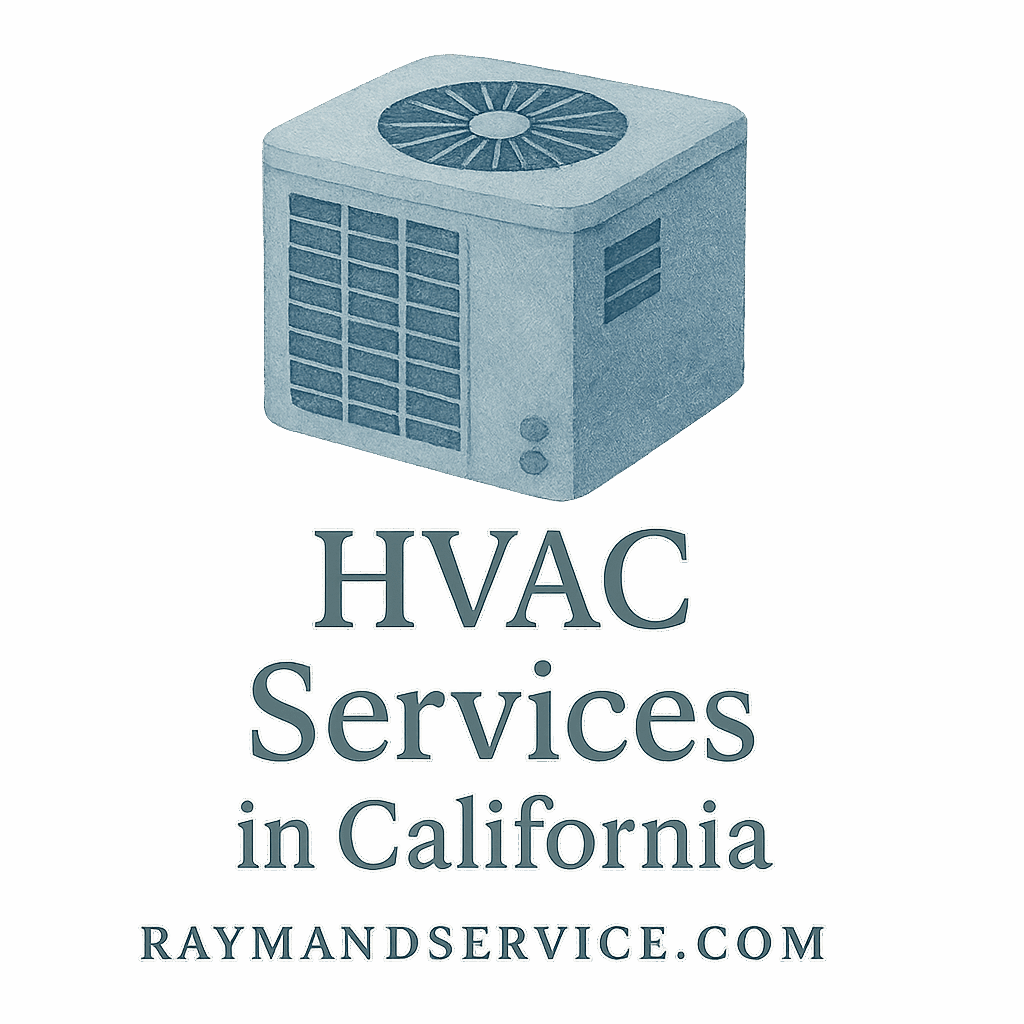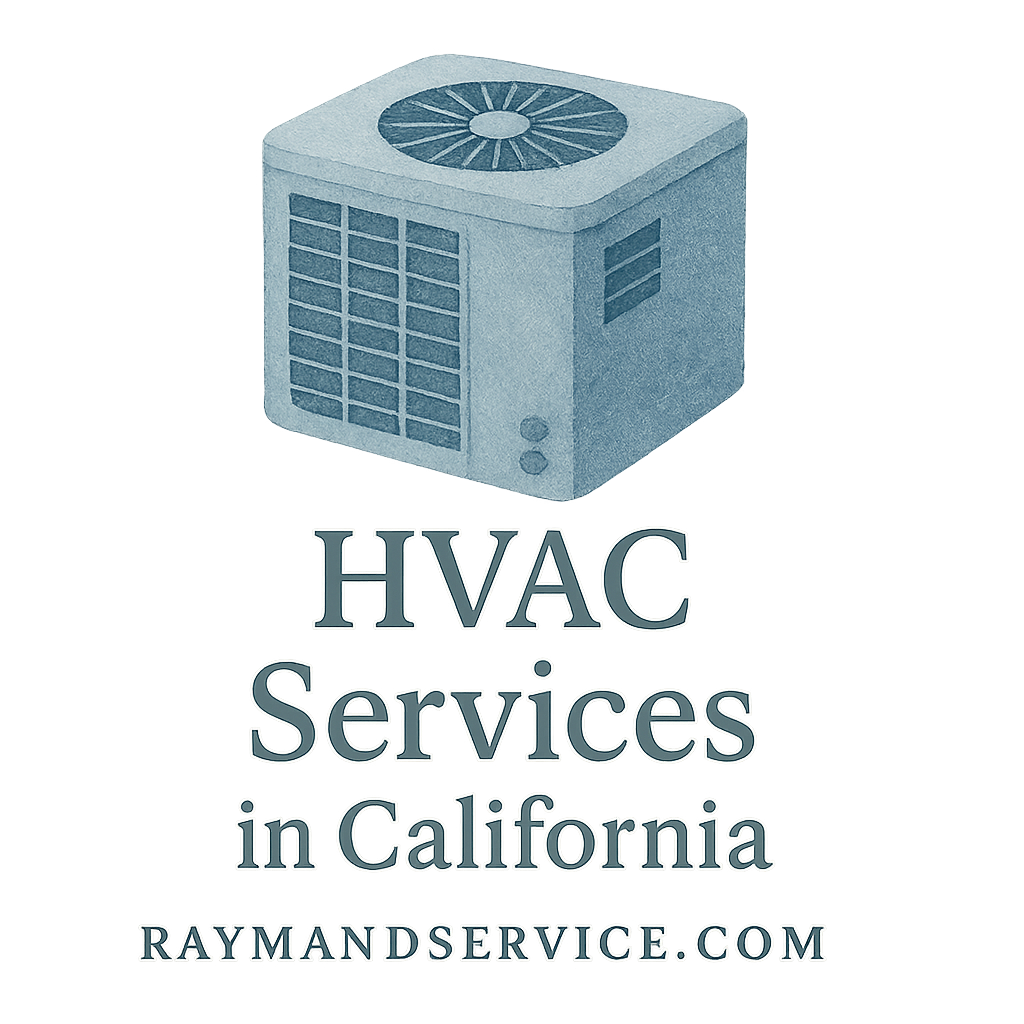When it comes to comfort and safety at home, your HVAC system plays a vital role. But just like any major appliance, it needs regular attention and proper handling. Whether you’re staying warm during a frosty winter or chilling out in the summer heat, practicing safe residential HVAC care is crucial. Let’s dive into the 9 best practices for safe residential HVAC services—so your system works efficiently without risking your family’s health or safety.
Understanding Residential HVAC Services
What is a Residential HVAC System?
HVAC stands for Heating, Ventilation, and Air Conditioning. In residential settings, these systems control indoor temperatures and air quality. They’re designed to keep your living space cozy in winter, cool in summer, and well-ventilated all year long.
Why Safety is Critical in HVAC Services
Improper HVAC maintenance can lead to serious problems—like carbon monoxide leaks, electrical fires, mold growth, and poor air quality. Ensuring your system is safe isn’t just about performance—it’s about protecting your home and your health.
1. Hire Certified HVAC Professionals
The Importance of Licensing and Certification
Never try to fix or install an HVAC system yourself. Licensed HVAC professionals have the training to spot potential hazards and fix them safely. They’re also up to date on local codes and safety regulations.
👉 Check out Raymand Service’s residential HVAC professionals for certified help in your area.
How to Choose a Trusted Residential HVAC Service
Look for contractors with solid reviews, proper insurance, and certifications. Ask for references, get multiple quotes, and verify their credentials. Trust is everything when you’re inviting someone into your home.
2. Schedule Routine HVAC Maintenance
Benefits of Regular Maintenance
Think of HVAC maintenance like a wellness check for your system. It keeps everything running smoothly, extends your system’s life, and prevents unexpected breakdowns.
Explore HVAC maintenance and troubleshooting services for dependable care.
Preventing System Failures and Hazards
Neglected HVAC systems can overheat, leak gas, or cause electrical shorts. Routine inspections catch issues early, so you avoid emergencies—and the high costs that come with them.
3. Ensure Proper Ventilation and Airflow
Dangers of Poor Ventilation
Inadequate airflow leads to moisture buildup, which can trigger mold, mildew, and even structural damage. It also lowers indoor air quality, causing health problems like allergies and asthma.
Read more about airflow issues and solutions to keep your space safe.
Simple Ways to Improve Airflow
- Open vents and avoid blocking them with furniture
- Clean ductwork and fans
- Install ceiling fans to help circulation
- Use an HVAC zoning system

4. Replace Air Filters Frequently
How Dirty Filters Pose a Health Risk
Dirty filters trap dust, pet dander, and pollen—but eventually, they clog and circulate pollutants instead of capturing them. This can make breathing difficult and increase your risk of illness.
Choosing the Right Filter Type
Choose HEPA filters for the best air filtration, especially if you have pets or allergies. Follow manufacturer recommendations and change filters every 1-3 months.
Check out more indoor comfort tips for healthier living.
5. Upgrade to Energy-Efficient HVAC Systems
Safety and Savings Through Efficiency
Outdated systems often lack modern safety features and consume more energy. Upgrading to an energy-efficient unit isn’t just eco-friendly—it’s safer and saves you money.
See available energy efficiency upgrades to boost safety and cut costs.
Recommended Energy Efficiency Upgrades
- Programmable thermostats
- Smart HVAC controls
- ENERGY STAR-rated units
- Zoned heating and cooling
Explore eco-friendly solutions to maximize both safety and savings.
6. Install Carbon Monoxide Detectors
Why CO Detection is Non-Negotiable
Carbon monoxide is colorless, odorless, and deadly. If your HVAC system burns fuel (like natural gas), a leak can be fatal. CO detectors are your first line of defense.
Where and How to Install Detectors
Install at least one detector on every floor, especially near bedrooms and HVAC equipment. Test monthly, and replace batteries every six months.
Browse more safety tips and warning signs to stay prepared.
7. Keep HVAC Areas Clean and Accessible
Risks of Obstructed Equipment
Piles of clutter, dust, or flammable materials near your HVAC unit can lead to fire hazards or blocked airflow. Plus, they make it harder for technicians to do their job safely.
How to Maintain a Safe HVAC Zone
- Clear at least 3 feet around indoor and outdoor units
- Remove flammable materials nearby
- Keep kids and pets away from units
- Clean surrounding floors and walls regularly
Learn more about residential HVAC safety.
8. Educate Your Family on HVAC Safety
Safety Training for Kids and Adults
Everyone at home should know basic HVAC safety rules—like not tampering with the thermostat or vents. Children especially need clear boundaries around HVAC equipment.
What to Do in HVAC Emergencies
Have a plan. Know how to turn off your HVAC system. Teach your family what gas smells like and when to leave the house. Post emergency numbers near thermostats or HVAC areas.
9. Seasonal HVAC Checkups Are a Must
Why Timing Matters
Spring and fall are the best times to tune up your system—before extreme weather hits. Seasonal maintenance ensures your system can handle the temperature changes safely and efficiently.
Explore seasonal HVAC services in California for year-round reliability.
The Value of Seasonal HVAC Services in CA
California’s diverse climate demands flexible HVAC strategies. Seasonal checkups reduce the risk of system failures during heatwaves or cold snaps and help maintain energy efficiency.
Don’t forget to review seasonal signs that indicate your system needs help.
Conclusion
Your HVAC system does more than regulate temperature—it safeguards your home’s air quality and safety. Following these 9 best practices for safe residential HVAC services will help ensure your system runs efficiently, lasts longer, and keeps your family secure year-round.
Need help implementing these tips? Visit Raymand Service for top-notch HVAC support tailored to your home.
For more insights, check out related tags:
➡ HVAC Services
➡ Efficiency
➡ Energy-Saving
➡ Maintenance
➡ Green
➡ Sustainability
➡ Solutions
FAQs
1. How often should I schedule HVAC maintenance?
At least twice a year—once in spring and once in fall—is recommended. Seasonal tune-ups ensure your system is prepared for both heating and cooling seasons.
2. Are smart thermostats safe for residential use?
Yes, and they actually enhance safety and efficiency. They monitor temperature changes and even send alerts for irregular activity.
3. What are the signs of HVAC safety issues?
Strange smells, weird noises, inconsistent airflow, high utility bills, and CO detector alerts are all warning signs.
4. Can I clean air ducts myself?
You can clean accessible vents, but full duct cleaning should be left to professionals to avoid damaging the system.
5. Do energy-efficient systems really make a difference?
Absolutely. They reduce energy consumption, improve performance, and include modern safety features that older units lack.
6. Why is airflow so important in HVAC systems?
Poor airflow can lead to overheating, mold buildup, and reduced air quality. Keeping airflow clear helps your system work safely.
7. Is it safe to install an HVAC system by myself?
No. Always hire licensed professionals for installation and repairs. DIY HVAC work can lead to fires, gas leaks, or electrocution.


